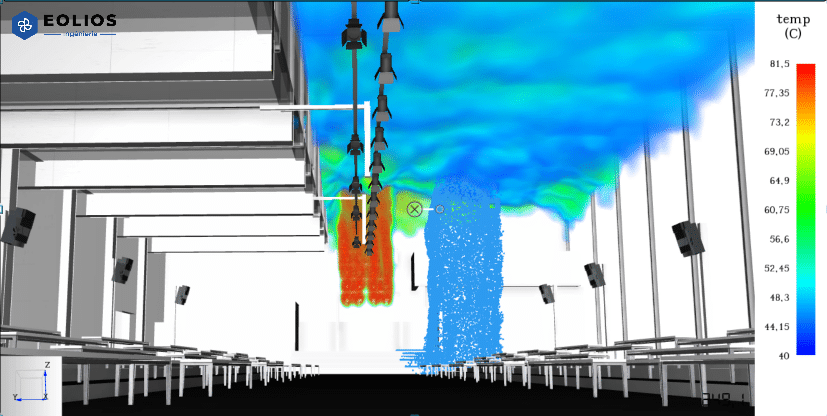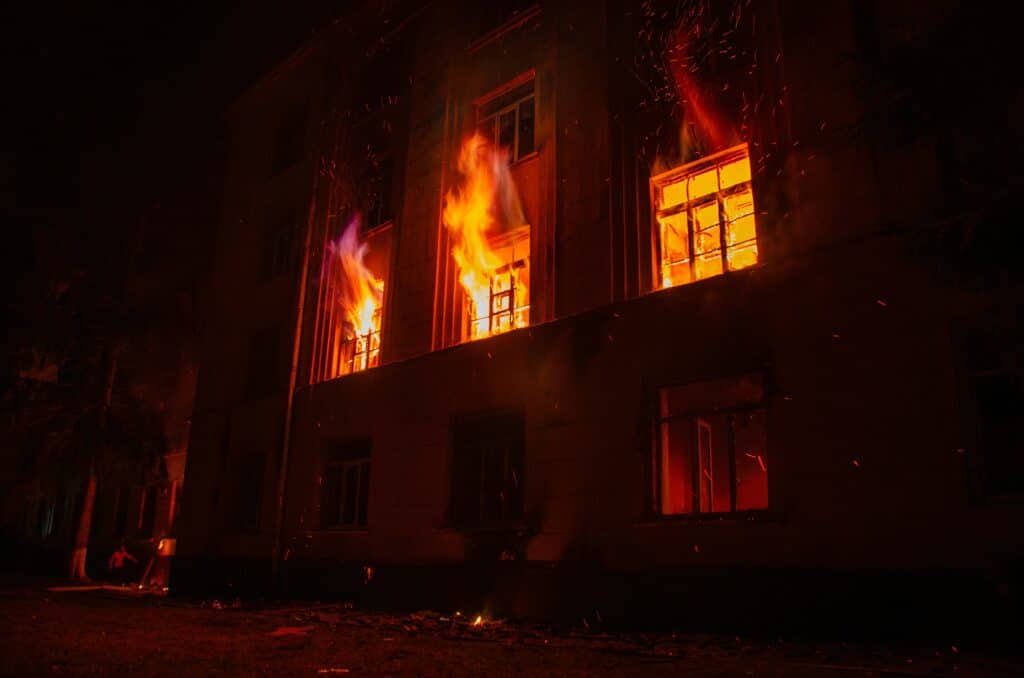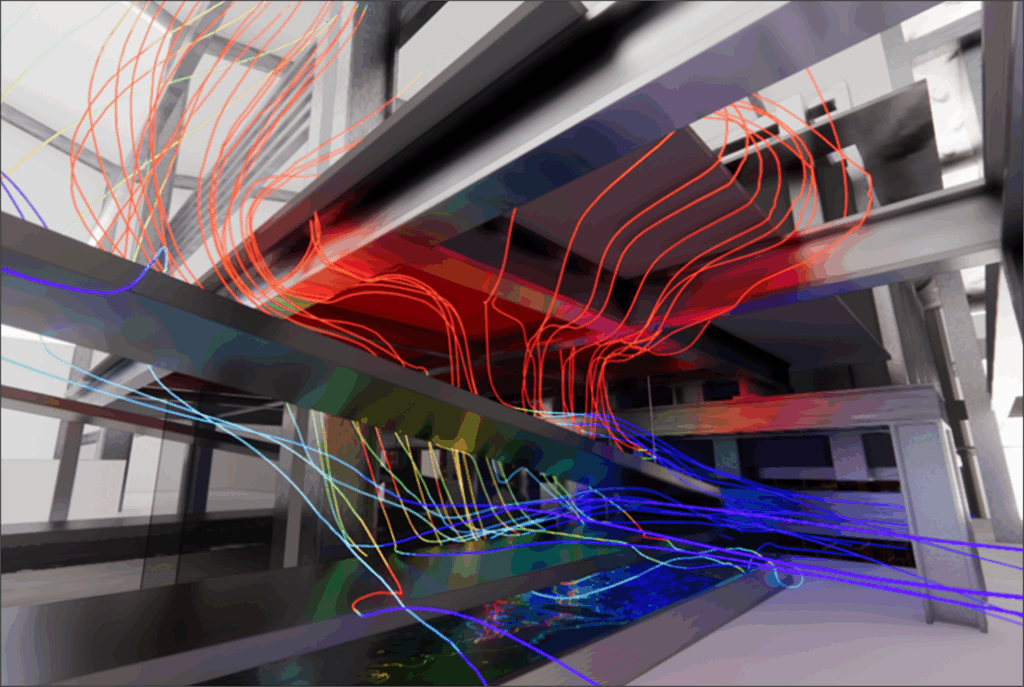The ESSOC law for fire safety
Home » Smoke control » The ESSOC law for fire safety
ESSOC law: simplifying relations between the administration and citizens
By simplifying relations between the administration and citizens, the ESSOC law aims to make administrative procedures more accessible, easier to understand and faster.
It fosters trust between parties and encourages innovation in public administration.
Our projects :
Explanation of the Law for a State at the Service of a Trusted Society (ESSOC)
Simplifying administrative-citizen relations
The ESSOC law, also known as the law for a state serving a society of trust, is a French law enacted on August 10, 2018. Its objective is to simplify relations between the administration and citizens, companies and associations.
The acronym ESSOC stands for “State at the service of a trustworthy society“, and this law is part of a process to modernize the French administration in order to make it more accessible and more efficient for citizens and businesses.
In particular, the ESSOC law includes measures aimed at reducing administrative constraints for businesses, facilitating administrative procedures for private individuals and strengthening the rights of users in their dealings with the authorities. It also aims to encourage innovation and experimentation within the French administration.
The main measures of the ESSOC law
Among the flagship measures of the ESSOC law are:
- The implementation of a right to error for individuals and companies, which allows them to correct an error made in a declaration or application without being penalized.
- The possibility for companies to conclude agreements with the administration to simplify their relations and reporting obligations.
- The generalization of mediation to settle disputes between the administration and citizens or companies.
- The creation of a right to disconnect for employees, which allows them to disconnect from professional digital tools outside working hours.
- The simplification of authorization procedures for construction projects, in particular by allowing the issuance of a tacit building permit in case of non-response from the administration.
The ESSOC law for fire safety
The new simplification measures introduced by the ESSOC law for ERP buildings
Prior to the law, fire safety regulations were quite strict and could be difficult to implement in some buildings. For example, for category 4 and 5 ERP (establishments receiving the public), it was mandatory to install a mechanical or natural smoke extraction system, even if other fire safety measures were in place, such as fire doors, smoke detectors, etc.
The ESSOC law therefore introduced a simplification measure by allowing ERP to be exempted from certain obligations with respect to the regulations. This exemption must be justified by a fire safety study carried out by an expert and approved by the competent safety commission. The justification is based on three points: smoke extraction, stability of the load-bearing elements, and ease of intervention. This simplification is based on the notion of equivalent effect solution (EES).
Engineering study of smoke ventilation for office buildings with natural ventilation
An exemption justified by a fire safety and smoke control engineering study
The law restricts the scope of possible derogations by specifying that only the means requirements can be affected by an equivalent solution. Thus, the project owner is required to prove that the basic rule cannot be implemented and must also justify that the results obtained are equivalent to those resulting from the application of the basic rule.
This simplification is based on the notion of a solution with equivalent effect for elements such as smoke extraction, stability of load-bearing elements and ease of intervention.
Ensuring personal safety despite smoke extraction dispensation
It is important to emphasize that the exemption of smoke removal must not compromise the safety of people present in the ERP in case of fire.
The implementation of other fire safety measures must therefore be carefully evaluated to ensure a sufficient level of safety.
Importance of safety assessment
Although the ESSOC law allows smoke ventilation to be dispensed with, in certain cases it may be advisable to install a smoke ventilation system to ensure rapid, safe evacuation in the event of fire.
So it’s important to note that in certain situations, it may be strongly recommended to install a smoke extraction system to ensure rapid, safe evacuation in the event of fire.
The risks present in the premises must be assessed.
If the premises contain enclosed spaces, flammable storage areas or are occupied by a large number of people, the installation of a smoke extraction system may be essential to guarantee occupant safety.
Engineering study of smoke extraction in a theater
ESSOC law simplifies fire safety rules for ERP buildings
To sum up, the ESSOC law introduced a simplification measure for the rules governing smoke extraction in category 4 and 5 ERP buildings, by allowing an exemption from installation if other fire safety measures are in place, and if this exemption is justified by a fire safety study.
However, personal safety remains a priority and the implementation of adequate security measures must be carefully evaluated.
Use of a certified smoke control engineering consultancy
It is now possible to evaluate smoke control system performance using CFD analysis, and to study smoke movement, temperature and visibility profile under various fire scenarios.
Once the work has been completed, the auditor will certify that the fire safety objectives have been met, if the objectives have been achieved.
Smoke control engineering: on the same subject

Brandschutztechnik

Smoke extraction in underground parking lots

Sprinkler: how does a sprinkler system work?

Fire safety engineering

Data center fire safety: Automatic Gas Extinguishing Systems (IEAG)

File: applying IT263 – smoke extraction from atriums

File: applying IT246

The objectives of smoke control

Dynamic modeling of the evacuation of people





